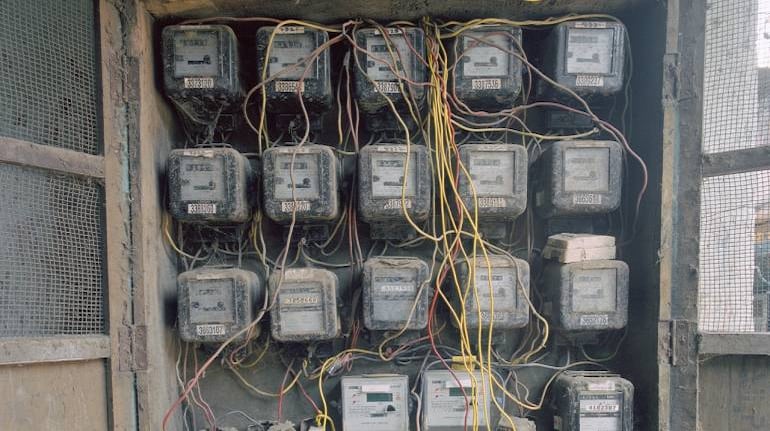



Mounting losses of power discoms that have crossed $3 billion and other challenges are making the government go back to the drawing board. The urgency is apparent as a new tariff policy with an aim to empower the consumer has been sent to the Union Cabinet for approval.
State of discomsA big thrust of the incumbent government is 24x7 electricity across major parts of the country. This has, however, remained a pipe dream despite the advances made by the country in achieving a power surplus two years ago.
To understand the inherent contradiction between surplus power and poor supply, one has to decipher the electricity value chain, which is a delicately stacked pack of cards where all stakeholders are precariously balanced.
At the root of the challenge to achieve universal electrification is the inability of the discoms (distribution companies) to maintain power grids and equipment, which impairs their ability to supply surplus electricity. What has complicated the matter is the refusal of states to increase their power bills, which means discoms are dis-inclined to buy more power resulting in frequent outages and blackouts.
Then, there is considerable free power doled out to farmers for irrigation, an elephant in the room that nobody wants to discuss since it has a direct impact on vote banks.
In November 2015, the government had launched the ambitious scheme, Ujwal Discom Assurance Yojana (UDAY), to alleviate the financial health and operational efficiency of India’s debt-ridden discoms. A few years down the road, the progress has been patchy and is found wanting on many counts.
Highlights of the New Tariff PolicyGiven this shaky state of affairs, let’s look at some key proposals of the policy which intends to improve the quality of service for the end consumer.
UDAY 1.0 was formulated with a two-pronged strategy of augmenting financial health and operational efficiencies of discoms. Under the scheme, discoms could convert debt into state government bonds by fulfilling certain conditions, including reducing power and interest costs, monitoring and reducing transmission losses and power theft, and fix faulty meters.
One major condition was reduction in AT&C (Aggregate Technical & Commercial) losses, which is a combination of technical loss, theft, inefficiency in billing, commercial loss because of defaults and collection issues.
In spite of the incentives under UDAY 1.0, discoms have not been able to bridge the gap between average cost of supply (ACS) and average revenue realised (ARR), resulting in deep losses. This is mainly an inter-play of several factors, including rapid electrification post UDAY 1.0, populist measures by most states that provide free electricity and availability of meters, among others.
With UDAY 2.0, the government plans to build a dis-incentive in the form of denying loans and grants to discoms that do not set their house in order and reduce losses. Opening letters of credit to ensure payment to power generating companies (gencos) has also been made mandatory to ensure payments.
While these measures are welcome to tackle the mess that discoms find themselves in, it is also important for the government to take a long-term view of the challenges while implementing UDAY 2.0.
Foremost is the absence of long-term power purchase agreements that would otherwise ensure stability between supply and demand. The government will also have to address the challenges of providing free power and the financial stress, which only adds to discoms’ worries.
Hopefully, UDAY 2.0 is the much-needed stick amid all the carrots that may help reform discoms and empower consumers.
Rajesh Sivaswamy is a Senior Partner, King Stubb & Kasiva, Advocates and Attorneys. Views are personal.Discover the latest Business News, Sensex, and Nifty updates. Obtain Personal Finance insights, tax queries, and expert opinions on Moneycontrol or download the Moneycontrol App to stay updated!
Find the best of Al News in one place, specially curated for you every weekend.
Stay on top of the latest tech trends and biggest startup news.